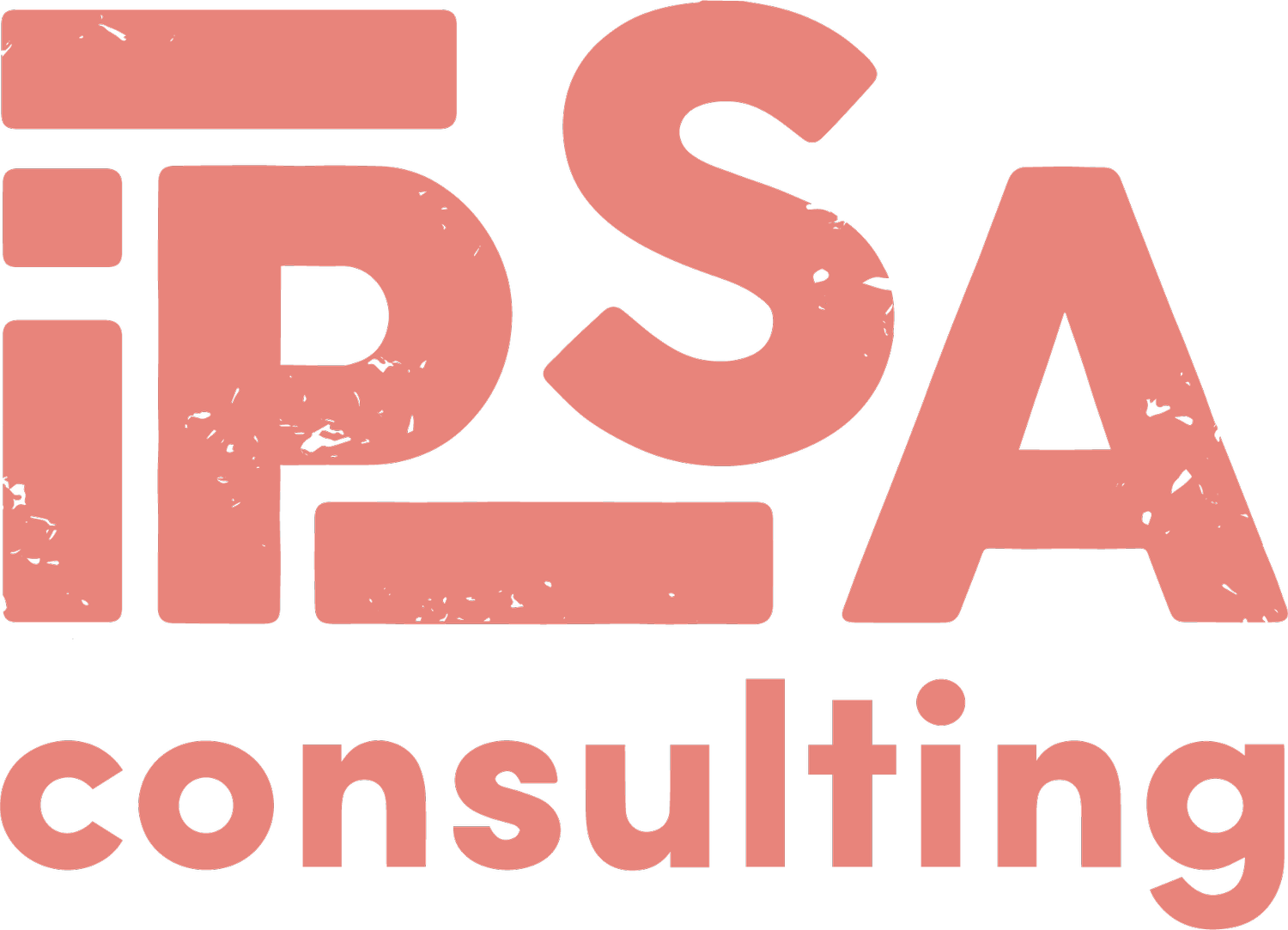How sustainable is a Business Card?
Professional Printing vs Rubber Stamp Self-Production
Business cards are a key component of any company's marketing strategy, acting to communicate essential information to potential clients. However, as their usefulness declines rapidly after facilitating the initial connection between a business and client, they are inherently disposable and can be considered quite wasteful. Could there be a way to limit this economic and environmental waste?
This blog considers rubber stamp production as an alternative to professional printing. Ipsa Consulting has recently switched from employing the professional service of MOO Print to using a stamp bought from The Rubber Stamp Company. Which is likely to be more cost-effective, environmentally friendly, effective at marketing, and ethical?
How cost-effective is each method?
When considering rubber stamp production it is important to bear in mind the higher initial cost associated with the stamp itself, yet, it is also useful to balance this with the significantly reduced ongoing cost of the blank cards when compared to printed cards. In fact, recycled scrap card could effectively be used with the rubber stamp for free. As such, after producing a certain number of cards, the cost of the stamp is offset by the savings made from not buying professionally printed cards.
In the case of Ipsa Consulting, after self-making (instead of buying) 108 cards the cost of the stamp is covered. After this point, each card made by the rubber stamp method saves the company 60p when compared to using professional printing.
It is perhaps also worth evaluating the additional labour required to stamp each card and the cost to replenish the ink for the rubber stamp. However, the stamp should be able to print a few thousand cards before requiring a new ink pad, on this basis, the cost of additional ink is insignificant.
How do the environmental impacts compare?
There are several environmental benefits associated with switching to rubber stamp produced cards from professionally printed cards. Firstly, after buying the stamp, plain scrap paper or card can be crafted into business cards by carefully cutting and then stamping it. This presents a way for companies to repurpose waste and cut down on the use of raw materials.
In addition, when using professional printing services, the minimum number of business cards available to order is often quite high, for instance, the smallest available order at MOO Print is 50 cards. By opting for DIY rubber stamp produced cards, businesses have far greater autonomy over the number of business cards they produce and therefore end up with fewer excess cards, once again acting to reduce waste.
In a broader sense, through manually stamping scrap card found around the home or office, rubber stamp production bypasses energy consumption required for the factory production and transportation of professionally printed business cards. Hence, there is the potential to reduce unnecessary greenhouse gas emissions.
Which method holds greater marketing value?
It may be argued that the intricate patterns and bright colours made possible by professional printing allow for more eye-catching and visually appealing cards (left) when compared to the plainer appearance of the rubber stamp produced cards (right). Tristan Le Breton, Creative Director at 99 Designs, points out these “special finishes can go a long way in making a lasting impression on potential customers, partners and clients”. In this sense, the rubber stamp produced cards fall short of the marketing value of the professionally printed cards.
The cost of the rubber stamp also makes this method less flexible in terms of marketing; if Ipsa Consulting decides to change its branding/marketing strategy, the company will have to bear the cost of a new rubber stamp. Contrastingly, when using professionally printed cards the company only has to wait until ordering the next batch to redesign at no extra cost, allowing for more adaptable marketing.
On the other hand, there is one key marketing bonus inherent to the rubber stamp produced business cards. It is widely argued that the most effective business cards act to represent and convey the values of a company in some way - by opting for the more environmentally friendly rubber stamp produced cards Ipsa Consulting is presented to potential clients as an advocate for sustainability.
Are there any ethical considerations?
One potential downside of using rubber stamp production is the ethical issues surrounding the use of rubber as a raw material. WWF writes that “rubber production is fraught with corruption, land grabs, human and labor rights violations, illegal logging and deforestation”. Despite the fact that there are alternatives to rubber for stamps it is hard to replicate the crisp prints it produces. Hence, the ethical robustness of rubber stamp produced business cards may be challenged.
In conclusion, there are a number of economic, environmental and marketing gains to be made from switching to rubber stamp produced business cards. However, it is crucial to bear in mind the potential drawbacks of this method too, namely ethical issues surrounding rubber production, and the additional labour required. Perhaps this can be offset by ensuring that stamps are made with ethically sourced rubber.
A further option which has received limited attention in this blog but is potentially viable is digital business cards. These present a way to reduce costs and environmental impacts of business cards even more. Whether the marketing value of digital business cards holds up is worth consideration in future writing.
Sources
[2]https://therubberstampcompany.com/
[3]https://createtodonate.org/make-custom-stamped-business-cards-from-recycled-cardboard/
[4]https://therubberstampcompany.com/frequently-asked-questions
[5]https://www.greenmatters.com/p/eco-friendly-business-cards
[6]https://www.vistaprint.co.uk/hub/business-card-design-rules
[7]https://www.brandly.com/blog/10-must-do-rules-for-designing-your-business-card/
[8]https://www.worldwildlife.org/projects/transforming-the-global-rubber-market
